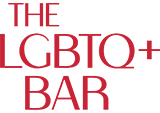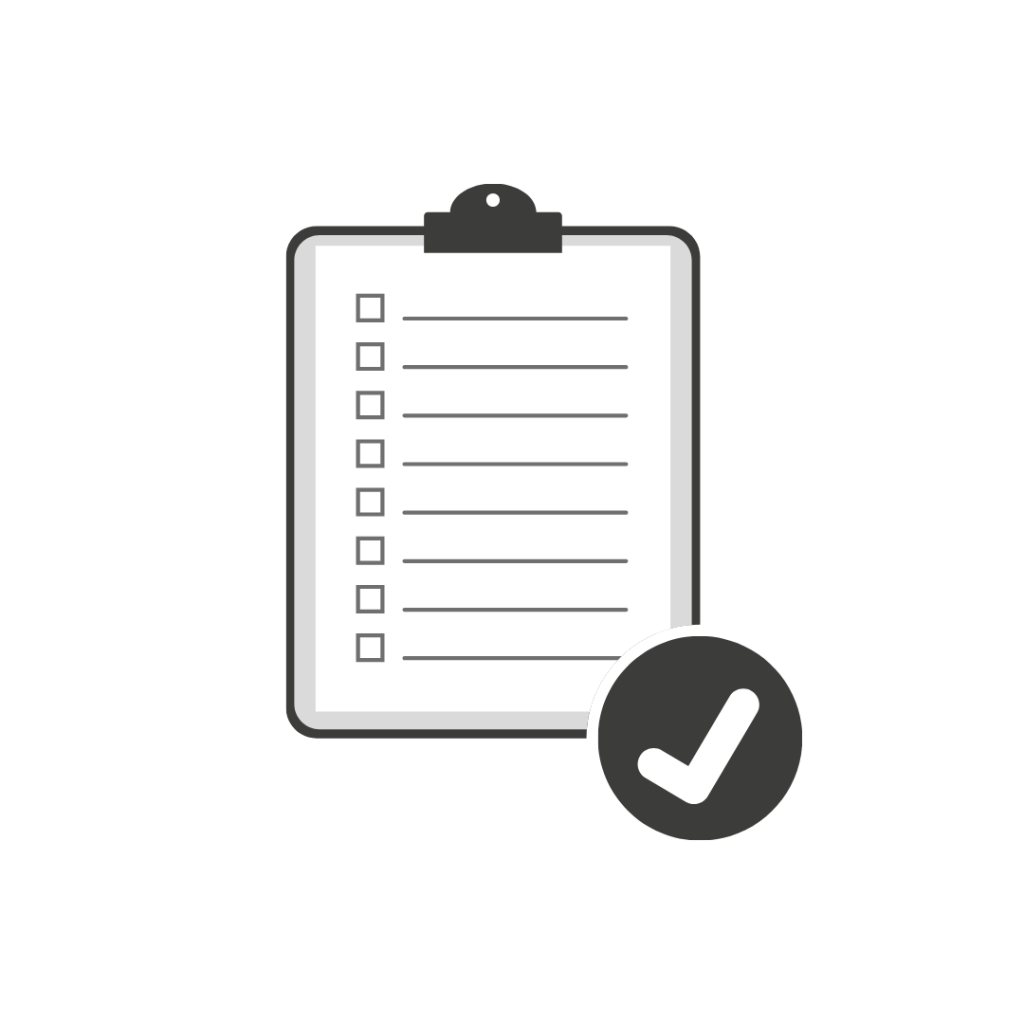A growing number of law firms and companies are allowing employees to self-identify their sexual orientation and gender identity in a confidential and voluntary manner. In a world where many LGBTQ+ people still feel unsafe to be out at work, it is paramount that they are able to disclose their identity on their own terms.
Inclusive Self ID practices are critical for LGBTQ+ people to be seen and counted in the workplace. They not only invite people to bring their full selves to work, they also provide the employer with the information it needs to support and retain talent. After all, we can’t address people’s needs if we don’t know who is in the room. But, what are the best practices for doing this? Is checking one box — “I identify as LGBTQ+” — enough?
It’s definitely a start – but it misses an important distinction. The acronym LGBTQ+ blends two separate categories: sexual orientation (L, G, B, and possibly Q+) and gender identity (T, and possibly Q+). So those employees who have a marginalized identity in both categories (such as a transgender woman who also identifies as lesbian, or a bisexual employee who also identifies as nonbinary) will not be counted or seen. Moreover, each of these categories has specific needs. Some members of the LGBTQ+ community, particularly bisexual people and transgender people, have not benefited equally from the advancements of LGBTQ+ inclusion. By asking your employees if they identify as “LGBTQ+” with no specific opportunities for them to share their sexual orientation or gender identity, you may overlook the fact that your workplace has favored one category of the rainbow over another.
Having 20 LGBTQ+-identifying employees looks amazing for diversity at face-value, but when you know 19 of them identify as cisgender gay men, you have important information you need to address the gaps in your recruitment and retention. Disaggregation allows you to dig deeper into who is not represented in our workplace and in our profession.
Our DEI Consulting Practice is here to help you ensure you are using the industry best practices when it comes to Self ID and beyond. And, we are here to help you have the conversations necessary to create a culture of belonging.

